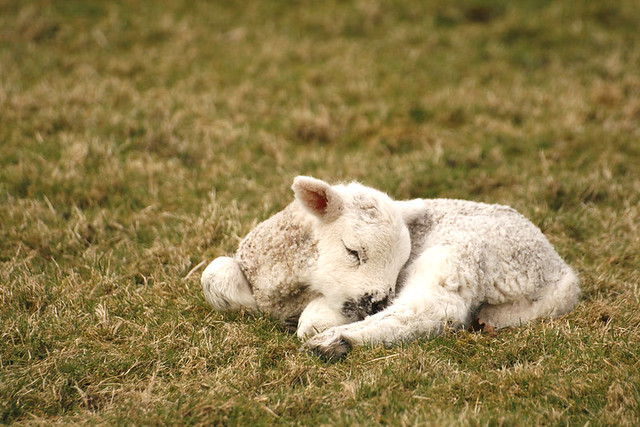Isaiah 65.21-25
They shall build houses and inhabit them;
they shall plant vineyards and eat their fruit.
They shall not build and another inhabit;
they shall not plant and another eat;
for like the days of a tree shall the days of my people be,
and my chosen shall long enjoy the work of their hands.
They shall not labour in vain,
or bear children for calamity;
for they shall be offspring blessed by the Lord—
and their descendants as well.
Before they call I will answer,
while they are yet speaking I will hear.
The wolf and the lamb shall feed together,
the lion shall eat straw like the ox;
but the serpent—its food shall be dust!
They shall not hurt or destroy
on all my holy mountain,
says the Lord.
This passage of Isaiah forms part of what is sometimes called the Isaiah Vision or the Isaiah Agenda, and sets out a picture of the new creation in which the ills of the world are overcome. It is a powerful vision of social justice, in which people live together in peace and harmony, with shelter and food and in which no person dominates or exploits another. People will live out their lives without distress or suffering and will be in a harmonious and fruitful relationship with God.
This passage is also about the relationships of the new creation. ‘Wolves’ and ‘lambs’ which might be expected to end in disaster if living in proximity, will now live in peace together, as will ‘lions’ and oxen’. The serpent, which was the agent of destruction in the Garden of Eden, will mind its place in the dust of the earth and pose no threat any more. Nothing will hurt or destroy this new creation.
It is interesting that this wonderful vision binds together peaceful and harmonious relationships with a vision of social justice, creating time and space for focus on God. This might suggest that there is more to mission and social justice in our churches than just plans, strategies and actions, but that there is something about our relationships with each other and with God that create the conditions for justice to spill out into the community and transform it. Such a vision might be the very foundation of hope.
In a world currently marred by war, oppression, famine, an energy crisis and a cost-of-living crisis, hope is in short supply for many. We hear terrible stories like babies in Afghanistan dying in hospitals of preventable diseases because there is not enough oxygen or basic medical supplies. But we are also aware of people struggling in our own communities, choosing between heating and eating or fighting to get access to NHS services. All of us need to believe that the Isaiah vision can be realised and that in God’s economy, the lion will lie down with the lamb.
How shall we get there? And what might being more intentionally relational have to do with making that vision a reality, not just in our immediate neighbourhood, but globally?
Some ideas to ponder:
- What most strikes you about the passage from Isaiah?
- Can you imagine wolves and lambs feeding alongside each other? What sort of wolves and lambs need to get along together today and how might that be possible?
- How do you think matters of social justice might be served by better, more loving relationships and care for others?
- How might building relationality in our Christian contexts generate hope for people who are losing sight of a hopeful future?




